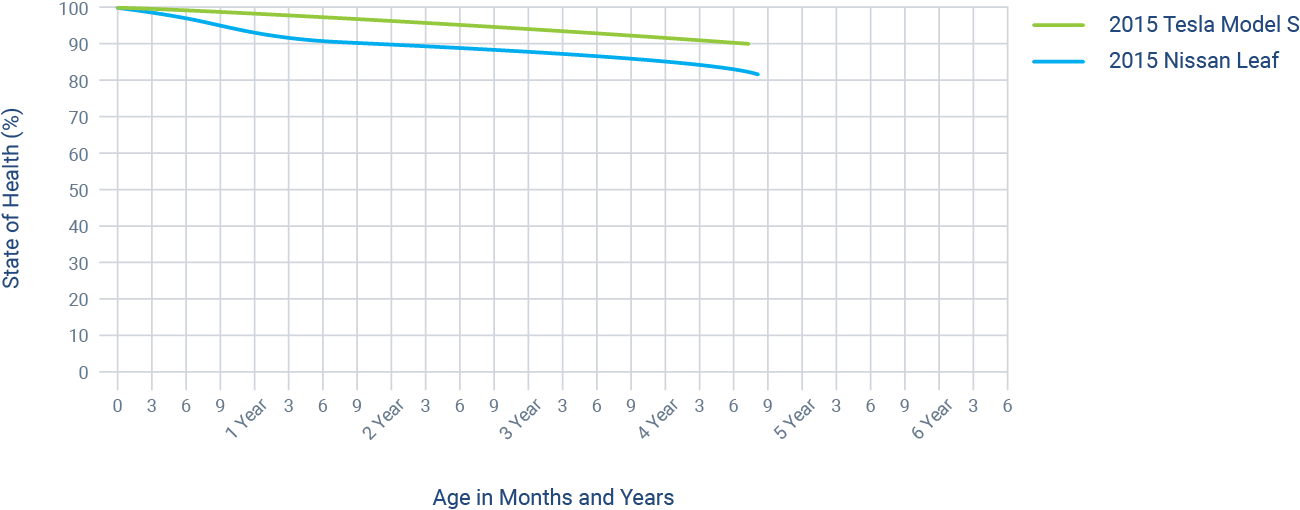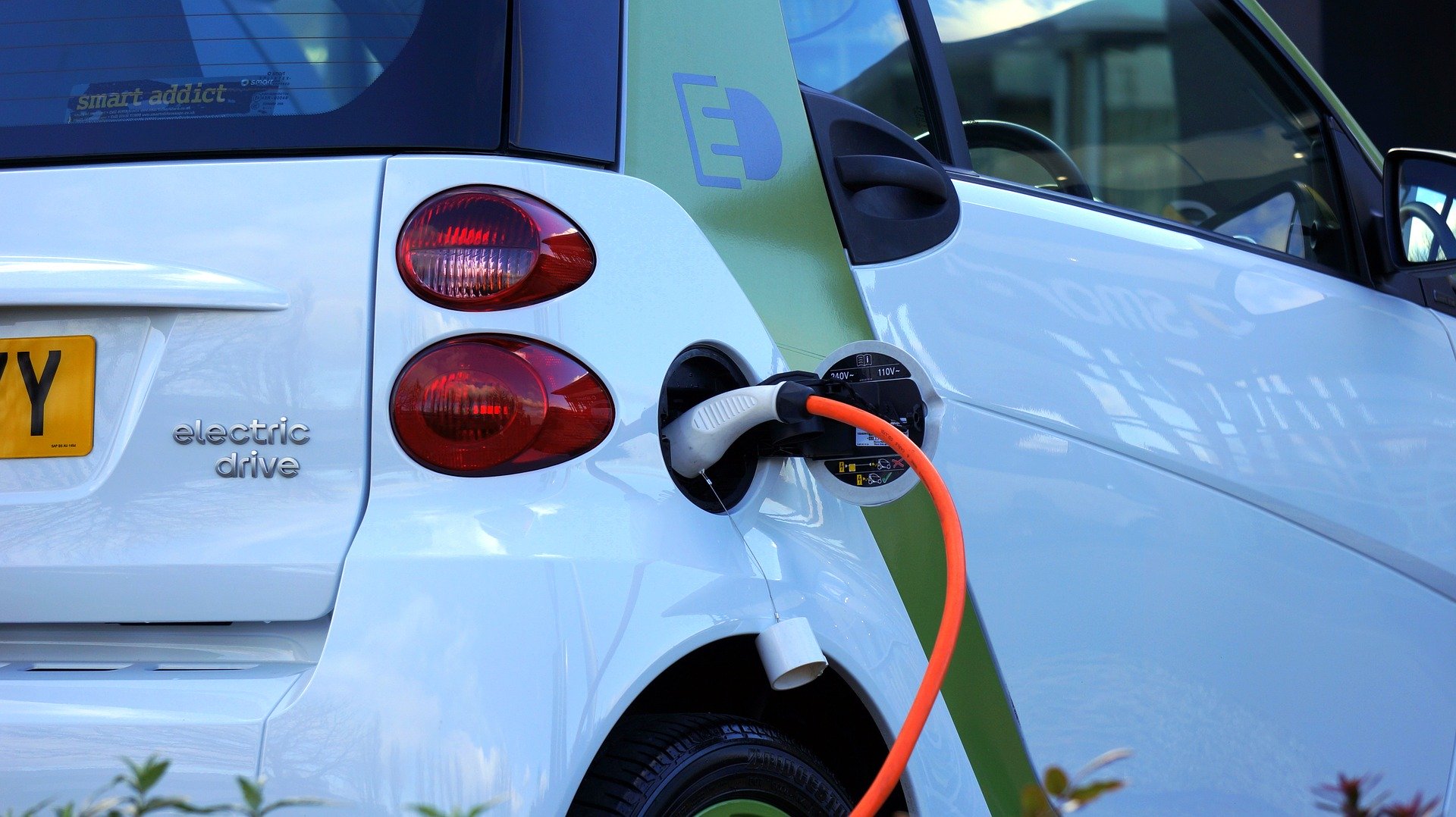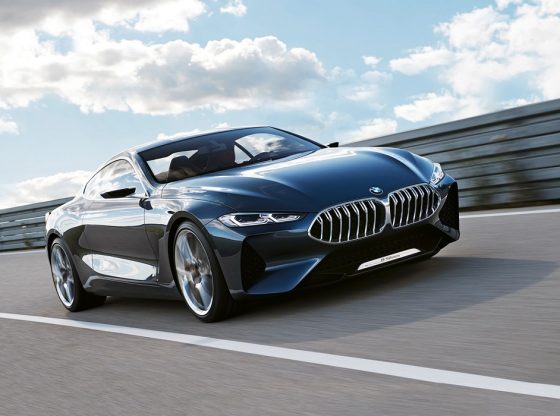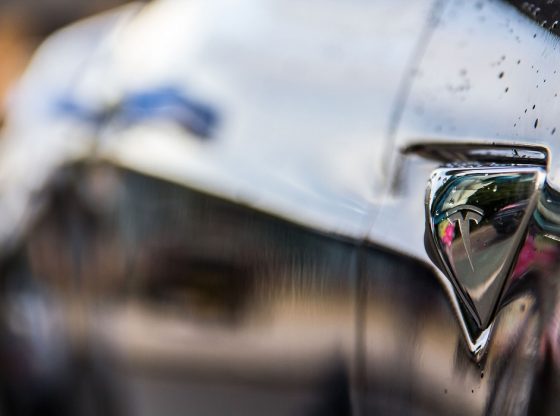A comprehensive study by Geotab has collected data from electric cars worldwide to analyze and compare battery health. Geotab found that on average, the batteries lost 2.3 percent of their capacity a year.
The telematics company Geotab has collected the company’s statistics on how the electric cars’ batteries degenerate over time. The data comprises over 1.8 million days and over 6,300 electric cars around the world.
The study shows that the batteries on average lose 2.3 percent of their capacity per year. This means that an electric car with a range of 241 kilometers after five years has lost about 27 kilometers of that capacity. However, according to Geotab, the annual loss means that most batteries will survive the expected life of the vehicle itself.
After analyzing the battery health of 6,300 fleet and consumer EVs over 1.8 million days of operation, the GeoTab analysis can provide insight into how conditions in the real world influence the battery health of 21 electric car models from various manufacturers over a number of years.
The study shows that battery chemistry, together with the efficiency of cooling/heating systems with air or liquid, affects the degree of degeneration.
Among other things, GeoTab makes a comparison between a Tesla Model S and a Nissan Leaf, where Tesla, with its liquid cooling, lost 2.3 percent per year – compared to 4.2 percent for Nissan’s passive air cooling system.

The loss over time is not necessarily linear, although this is generally the case. Early on, the battery may suffer a substantial loss, which is then followed by more moderate losses. But the study shows that regular use has no effect on the marginal change. The study does show that the local climate is decisive – and it is batteries in hot regions that degenerate the fastest.
Battery life is impacted by 5 factors; time, high temperatures, operating at a high and low state of charge, high electric current and Usage (energy cycles).
Quick charging accelerates the aging process, and in combination with a hot climate, the study reported a loss of ten percent after six years. Geotab recommends owners who want to maintain the service life to keep the charge between 20-80 percent of the battery capacity.
There is also a practical reason to stay within this interval since above and below this, the chemistry is not able to deliver its full power and this change is so apparent that it even affects the driving experience, according to Geotab.
“Battery degradation is a natural process that permanently reduces the amount of energy a battery can store or the amount of power it can deliver. The batteries in EVs can generally deliver more power than the powertrain components can handle. As a result, power degradation is rarely observable in EVs and only the loss of the battery’s ability to store energy matters,”
– GeoTab says in an online post.
For more information, go to GeoTab’s online tool to see the data that pertains to each individual model of electric car sold in the US.


![OpenAI. (2025). ChatGPT [Large language model]. https://chatgpt.com](https://www.illustratedcuriosity.com/files/media/55136/b1b0b614-5b72-486c-901d-ff244549d67a-560x416.webp)









![OpenAI. (2025). ChatGPT [Large language model]. https://chatgpt.com](https://www.illustratedcuriosity.com/files/media/55136/b1b0b614-5b72-486c-901d-ff244549d67a-350x260.webp)
![OpenAI. (2025). ChatGPT [Large language model]. https://chatgpt.com](https://www.illustratedcuriosity.com/files/media/55124/79bc18fa-f616-4951-856f-cc724ad5d497-350x260.webp)
![OpenAI. (2025). ChatGPT [Large language model]. https://chatgpt.com](https://www.illustratedcuriosity.com/files/media/55099/2638a982-b4de-4913-8a1c-1479df352bf3-350x260.webp)








